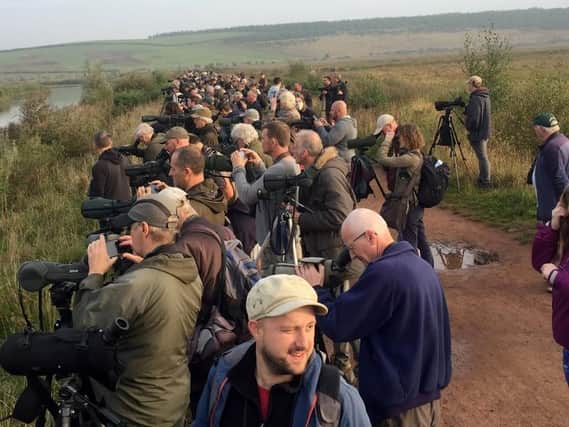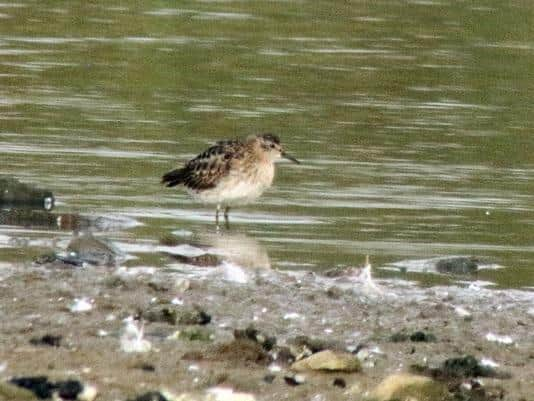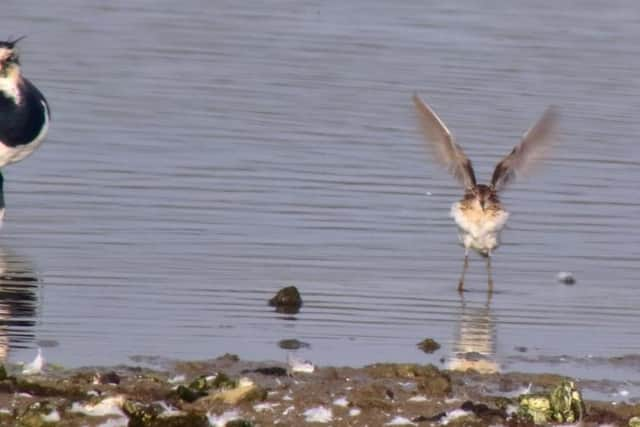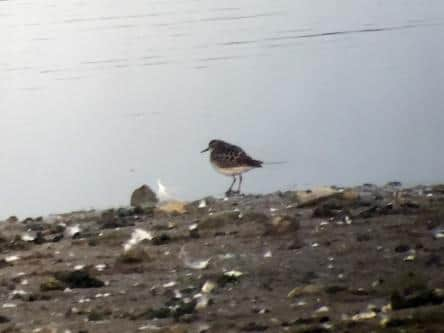Thousands of birdwatchers arrive to St Aidan's Nature Reserve to see the third ever recorded long-toed stint in the UK


A long-toed stint was spotted in St Aidan's Nature Reserve near Castleford for the first time since 1982, attracting large crowds of bird watchers.
Visitors had started to gather as early as 8.30am to see the wading bird, but the RSPB reported over 2,000 visitors to the spot by lunchtime on Saturday.
Advertisement
Hide AdAdvertisement
Hide AdThe bird, which is of unknown gender, was first sighted at the Swillington Ings birdwatching sight the day before, but was misidentified until the evening.


Ecologist and part-time civil servant James Hanlon, 46, rushed down from Cambridge at 4am on about three hours sleep as soon as caught wind of the species.
He said: "Birds can depart suddenly so all the keen people go while it's still dark and have higher chance of seeing it.
"It could be a once in a lifetime bird."
The stint breeds across northern Asia and migrates to south east Asia and Australasia in winter, so it occurs in western Europe only as a very rare vagrant.


Advertisement
Hide AdAdvertisement
Hide AdThey are identifiable by their slender body, long neck, bright yellow legs and short dark bill, as well as their unique flight call.
There have only been three previously verified occurrences in the British Isles - Cornwall in 1970, Cleveland in 1982 and Ballycotton in County Cork in 1996.
If accepted by the British Birds Rarities Committee, this will be the first official British sighting in 25 years.
They forage for crustaceans, insects and snails in mudflats


James, who has seen over 550 species of birds in the UK, saw people all over the country and even heard of people booking flights.
Advertisement
Hide AdAdvertisement
Hide AdHe said: "The bird wasn't doing much, it was a more subdued affair, but due to the rarity of the bird people were entranced by it and trying to learn about it.
"It's a bird from East Siberia and it's quite a regular occurrence where birds from that far afield just go off course and turn up here.
"Usually they're young ones but this one is an adult, it will probably stay a few days and then vanish - we don't know if they ever get back to where they come from.
"They've travelled thousands of miles so he's a long way off course, but sometimes they just goes in the wrong direction."